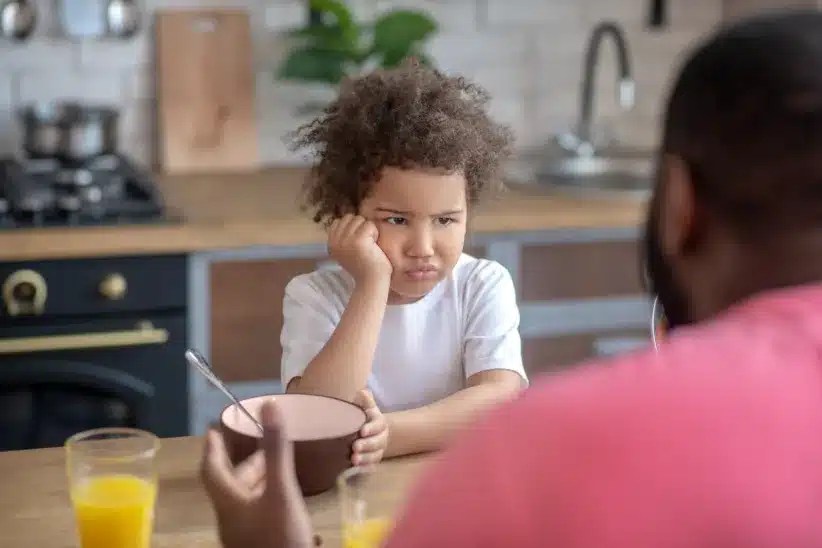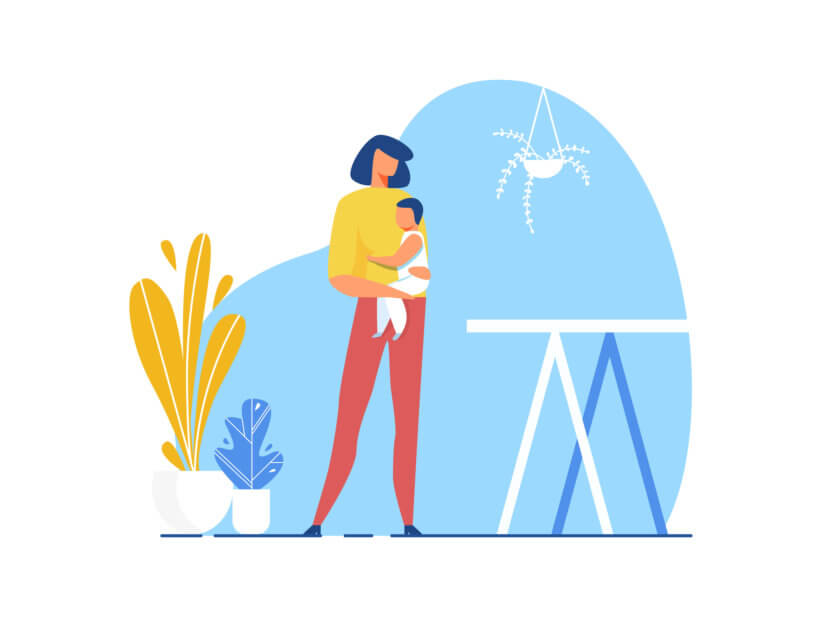 We have been singing babies to sleep since the beginning of time. Just this week, the New York Times featured an article on lullabies called “The Melancholy Mystery of Lullabies,” and the author reminded us that song has a profound impact on caregivers and babies; the emotions go both ways. It is well known that singing to a baby who is upset has an incredibly soothing effect. We know that talking to babies in a lilting melodic tone, known as motherese or parentese is a primary way that caregivers relate to babies.
We have been singing babies to sleep since the beginning of time. Just this week, the New York Times featured an article on lullabies called “The Melancholy Mystery of Lullabies,” and the author reminded us that song has a profound impact on caregivers and babies; the emotions go both ways. It is well known that singing to a baby who is upset has an incredibly soothing effect. We know that talking to babies in a lilting melodic tone, known as motherese or parentese is a primary way that caregivers relate to babies.
Across language, geography, and time, human beings have reached for song, or song-like language, to communicate with babies before their receptive and expressive language sets in. Newborns don’t understand any individual words, but yet they grasp the emotional arc of a song—so amazing. Each of us is born with a musical universe inside, waiting to be stirred awake by our world, ready to receive the emotional messages embedded within a melody.
After many years of teaching preschool music, I’ve recently had the chance to work with infants in a childcare center. I’m only just beginning to understand the deep meaning of music to children under age 2, its profound effect on those who give and those who receive the song.
If we know how to recognize the signs of a musically engaged baby, our ideas of their selfhood will shift, we will see them as partners in the musical banter of childhood from birth, and we will be better able to be with them with music.
Here are some things you might notice about music and babies who are in an alert state, recently fed, clean and ready to engage:
Soul Connect: When you sing to a baby who is laying on their back they are likely to make very deep eye contact with you. I encourage you to foster that connection by focusing on them. The song is for them so let them know it. The emotion that passes between you is part of what provides basic positive feelings toward music in their lives. Lullabies tend to stir these feelings; that’s why they are so powerful.
Moving in Rhythm: You will notice that many babies are able to move to a strong beat. If they sit holding a toy they might bang it rhythmically. If they are crawling they might rock to the beat. The music is in their bodies. They don’t have to learn it. It’s part of being human. They also remember the order of events in the song, when there are pauses, when things speed up, etc.
Learning Words: As infants move towards and through toddlerhood, they start to mouth the sounds of words as you sing. Before they can talk, they utter melodic sounds which are influenced by the music you share. Some children learn the words of songs, or the rhymes before they can speak. The melody scaffolds their expression and makes it easier to remember the order of the words. Illustrated songbooks also support language learning.
Mood Control: Infants and toddlers immediately respond to the mood of music. No one needs to teach them the difference between a soft, lyrical verse and the rocking loud chorus. They move differently to each, play instruments according to the mood. A baby’s ability to shift emotions in response to music reminds us that humans are hard wired to understand the feelings in music.
Physical Inspiration: When listening to music, particularly live music accompanied by a stringed instrument, babies will become so curious and motivated to explore the sound that they will use the instrument as inspiration to crawl, pull themselves up to standing, take first steps and experiment with cause and effect. How do the pegs work, what does it taste like, what’s inside that hole, how do those strings work if I put my hands on them, etc? It is amazing to see a child who does not yet stand pull himself up to reach the tuning pegs on a guitar. Heavy breathing often accompanies these explorations as children work hard and concentrate with determination.
If a young child seems to be ignoring your music, is staring out the window at the movement of leaves, or is very engaged with an object, don’t underestimate the power of their musical experience. They may not reveal music’s impact visually while it stirs them inside. A slightly older child might appear to disengage in the moment and then sing every word to a song in the bathtub later that night.
Singing with babies gave me a new perspective on the depth of their emotional capacity from birth, the font of musical knowledge, and the subtle ways they express themselves. Babies are not passive recipients of music. They partner with sensitive adults to process and impact the music that surrounds them. As educators, parents and caregivers, we can invite infants to experience music as more than entertainment, but rather as a way to unleash the spirit and the wide range of emotions in every child.
Renee Bock is a dedicated early childhood educator, who is currently the Chief Academic Officer at Explore+Discover, a social learning center in Manhattan that is committed to setting the standard for infant and toddler care and education. Renee has more than a decade of experience in the field and holds a Master’s in Early Childhood Education from Bank Street College in New York. She has three sons, Ariel (16), Raffi (14), and Shaya (13). She can be reached at [email protected]





















